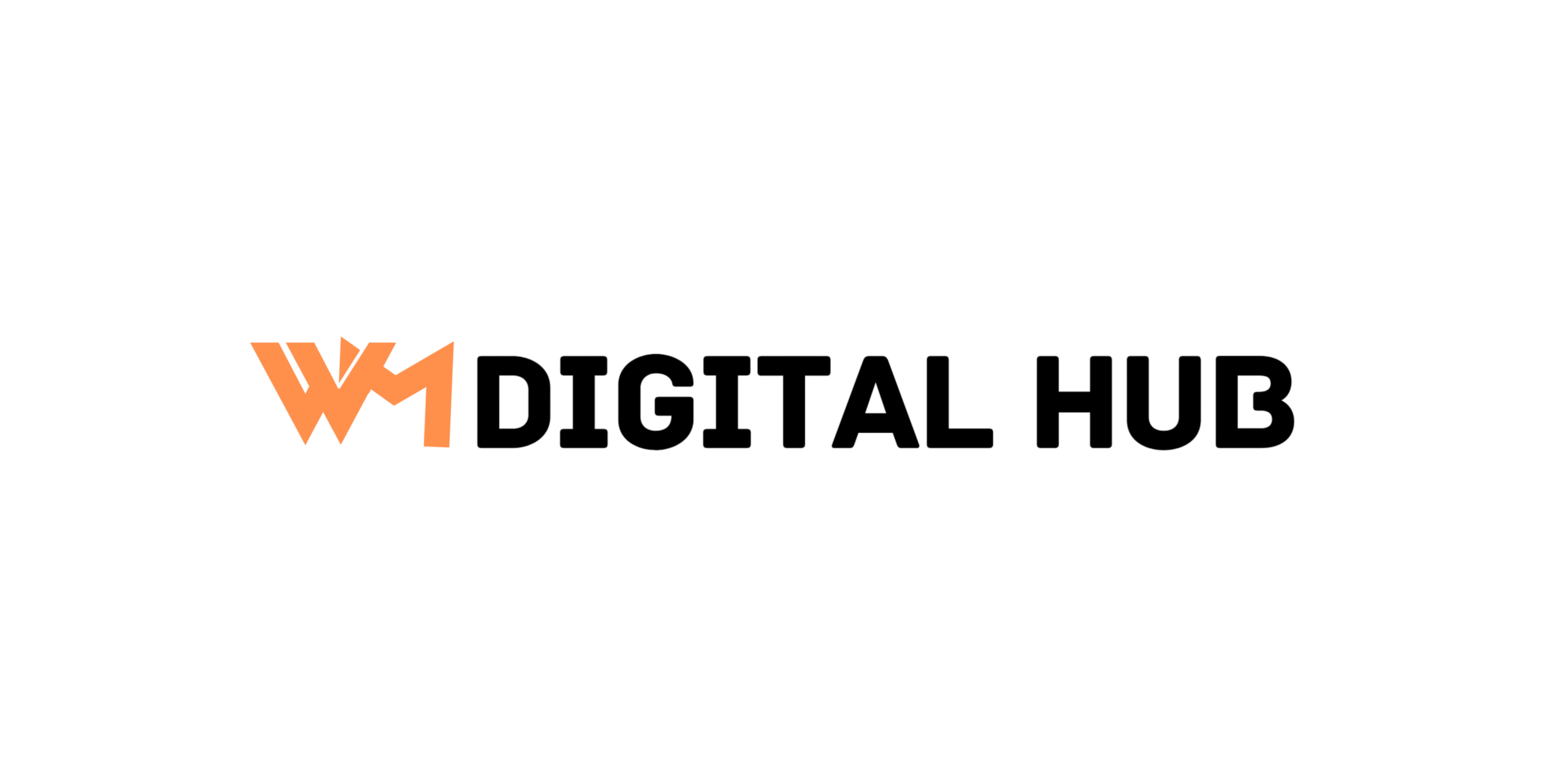Freelancing is a career path where individuals offer their skills and services to clients without being tied to a single employer. It’s a way of working independently, setting your schedule, and choosing the projects you want. Imagine being your boss, deciding what to do and how to do it. That’s the essence of freelancing.
This modern approach to work is rapidly growing worldwide. From creative fields like graphic design and writing to technical areas like programming and marketing, freelancing has opened up a world of possibilities for people seeking flexibility and independence in their careers.
If you’ve ever thought about working on your terms or wondered if freelancing could be your next big move, this guide will walk you through every aspect of freelancing—from what it is to how you can start, succeed, and grow as a freelancer.
Why is Freelancing the Future of Work?
Freelancing isn’t just a buzzword; it’s a global phenomenon reshaping how people work. Here’s why it’s gaining so much traction:
- Flexibility: Freelancers have the freedom to work from anywhere and set their schedules. Whether you’re a night owl or an early bird, freelancing allows you to work when you’re most productive.
- Control Over Projects: You can choose which clients and projects to work with, ensuring that you’re always doing something you enjoy.
- Higher Earning Potential: Unlike traditional jobs with fixed salaries, freelancers can set their rates and take on multiple projects to increase their income.
- Global Reach: Thanks to online platforms, freelancers can work with clients from all over the world, expanding their network and opportunities.
- Skill Development: Freelancers often handle diverse projects, which helps them grow and learn new skills quickly.
In short, freelancing is the future of work for those who value independence, creativity, and growth.
How Does Freelancing Work?
At its core, freelancing is simple:
- You offer a service.
- A client hires you to complete a task or project.
- You deliver the work and get paid.
Freelancing can be done in almost any industry. Here are a few examples:
A graphic designer creates a logo for a startup.
A writer drafts blog posts for a company’s website.
A programmer develops a mobile app for a client.
A virtual assistant manages emails and schedules for a busy entrepreneur.
Most freelancers find work through online platforms like Fiverr, Upwork, and Freelancer.com, or by networking within their industries.
How to Start Freelancing (Step-by-Step Guide)
If you’re new to freelancing, the idea of starting can feel overwhelming. But don’t worry; here’s a step-by-step guide to help you launch your freelancing career:
Step 1: Identify Your Skills
Your freelancing journey begins with understanding what you can offer. Ask yourself:
What am I good at?
What do I enjoy doing?
What problems can I solve for others?
Some high-demand freelance skills include:
Writing and Editing
Graphic design
Web development
Social media management
Video editing
Even if you think your skills are basic, remember that there’s always a market for beginners.
Step 2: Build a Portfolio
A portfolio is essential to showcase your abilities to potential clients. Don’t worry if you don’t have professional experience yet. You can create sample projects to demonstrate your skills. For instance:
Writers can draft articles or blog posts on trending topics.
Designers can create mockups of logos, websites, or banners.
Programmers can develop small apps or websites to show their expertise.
Step 3: Choose the Right Freelancing Platform
Freelancing platforms connect you with clients worldwide. Some popular options include:
Fiverr: Best for beginners offering small tasks or “gigs.”
Upwork: Ideal for professionals seeking long-term projects.
Freelancer.com: Offers job postings and contests to win projects.
Sign up on one or more platforms, create an attractive profile, and start exploring job opportunities.
Step 4: Set Your Rates
Pricing your services can be tricky. Research what other freelancers in your niche charge and start with competitive rates. As you gain experience and build a reputation, you can gradually increase your rates.
Step 5: Start Applying for Jobs
On platforms like Upwork, you can browse job postings and submit proposals. On Fiverr, focus on creating compelling gigs with clear descriptions, eye-catching images, and competitive pricing.
Step 6: Deliver High-Quality Work
Once you land a project, ensure you deliver top-notch work. Communicate clearly with your client, meet deadlines, and aim to exceed their expectations. Happy clients are more likely to leave positive reviews and recommend you to others.
Challenges in Freelancing (and How to Overcome Them)
Freelancing is rewarding, but it’s not without its challenges. Here are some common hurdles and how to tackle them:
- Finding Clients: Building a steady stream of clients can take time. Start by taking small projects, delivering great work, and asking for testimonials. Social media and word of mouth can also help attract clients.
- Managing Time: As a freelancer, you’ll often juggle multiple projects. Use productivity tools like Trello or Asana to organize tasks and set priorities.
- Freelancing doesn’t come with a fixed paycheck. To handle this, save a portion of your earnings during busy months and diversify your income sources.
- Burnout: Freelancers often work long hours to meet deadlines. Take breaks, set boundaries, and don’t overcommit to avoid burnout.
- Payment Issues: Always clarify payment terms before starting a project. Use secure platforms like PayPal or Payoneer for transactions.
Tips for Freelancing Success
- Start Small: Don’t aim for perfection. Take small steps, learn as you go, and build confidence.
- Focus on Client Satisfaction: Delivering excellent work leads to positive reviews, repeat clients, and referrals.
- Learn Continuously: Stay updated with industry trends and upgrade your skills regularly.
- Market Yourself: Use social media, LinkedIn, and personal branding to showcase your expertise and attract clients.
- Be Patient: Freelancing success doesn’t happen overnight. Stay consistent and keep improving.
The Benefits of Freelancing
Freelancing offers several advantages that make it a desirable career choice:
Work-Life Balance: You control your schedule, allowing you to prioritize personal commitments alongside work.
Diverse Opportunities: Freelancers work on a variety of projects, which keeps the job interesting and challenging.
Location Independence: All you need is a laptop and internet connection to work from anywhere in the world.
Unlimited Income Potential: Your earnings depend on the time and effort you’re willing to invest.
Freelancing in 2025: Trends and Opportunities
As the freelancing industry evolves, new opportunities continue to emerge. Here are some trends to watch out for:
Remote Work Demand: The shift towards remote work has created more freelance opportunities across industries.
Specialized Skills: High-demand skills like AI development, blockchain, and UX/UI design are fetching premium rates.
Freelancing Communities: Platforms like Fiverr and Upwork are enhancing features to support freelancers in networking and skill-building.
Conclusion
Freelancing is more than just a career—it’s a lifestyle. It offers freedom, flexibility, and the chance to work on projects you’re passionate about. While it comes with challenges, the rewards make it worth the effort.
If you’re considering freelancing, take the first step today. Start by identifying your skills, building a portfolio, and exploring platforms that connect you with clients. Remember, freelancing success requires patience, dedication, and a willingness to learn.
So, are you ready to embrace the world of freelancing? The journey may be challenging, but the opportunities are endless. Take that first step, and you might just discover a career path that changes your life forever.


